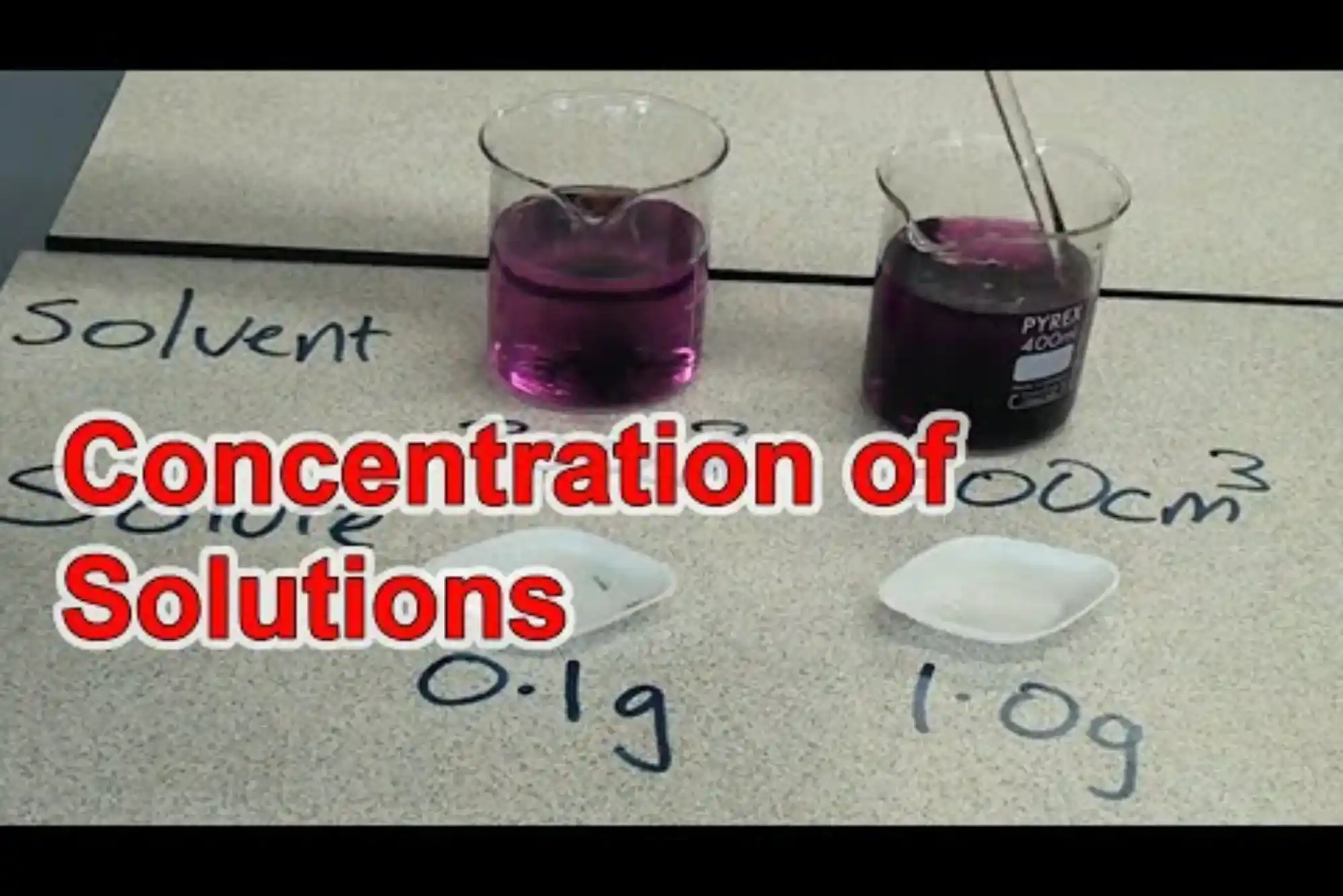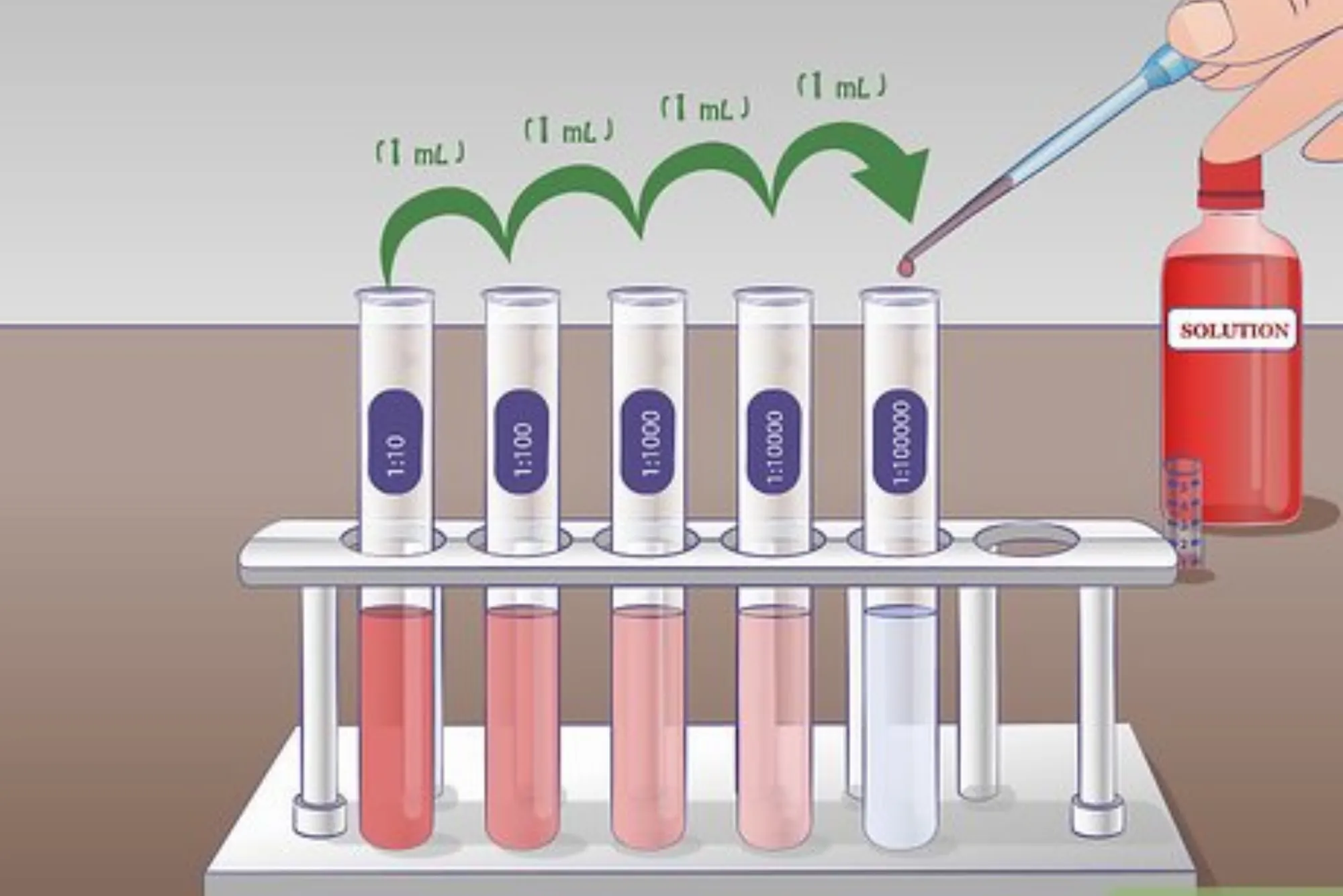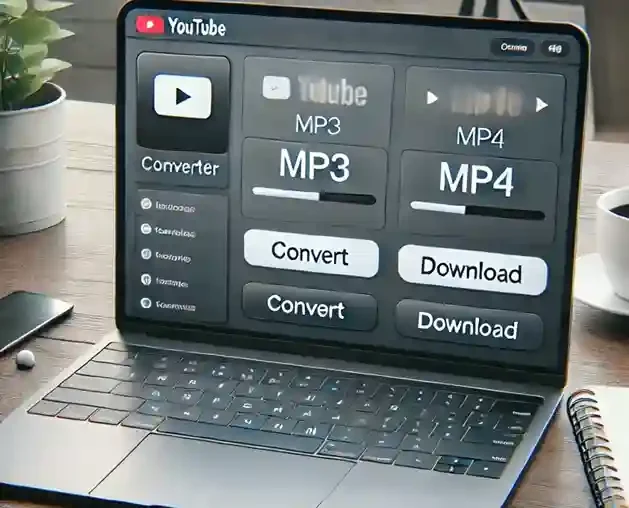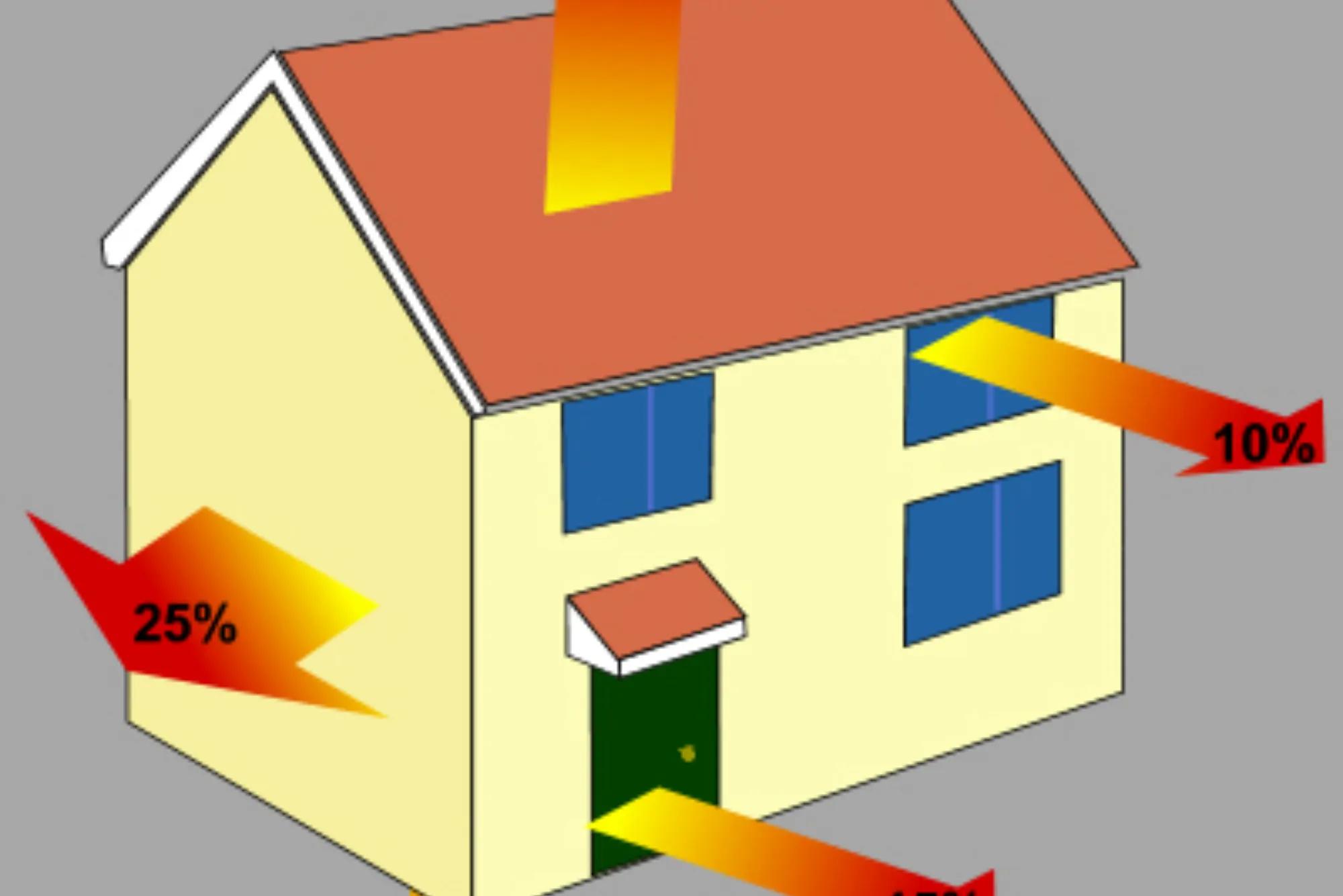The Ideal Gas Law is one of the most fundamental concepts in chemistry, physics, and engineering. As industries and educational institutions increasingly adopt digital learning tools, the demand for easy-to-use scientific calculators has grown significantly. In Pakistan, especially in cities like Lahore, Karachi, and Islamabad, tech-based learning, STEM startups, and youth innovation programs are actively promoting digital tools that simplify complex concepts like gas law calculations. Understanding how an ideal gas law calculator works helps both students and professionals make faster, more accurate decisions in laboratories, classrooms, and energy industries.
Understanding the Ideal Gas Law
Quick Answer: The Ideal Gas Law states the relationship between pressure, volume, temperature, and the number of moles of a gas.
The Ideal Gas Law is expressed as PV = nRT, where:
P = Pressure
V = Volume
n = Number of moles
R = Universal gas constant
T = Temperature (Kelvin)
It helps predict gas behavior in different temperature and pressure conditions. Old-school manual calculations can be time-consuming, but digital tools now enable instant and accurate results, supporting Pakistan’s move toward paperless and smart learning environments.
Why Use a Digital Ideal Gas Law Calculator?
Quick Answer: It saves time, avoids errors, and ensures precise results.
Benefits include:
Accurate numerical results
Instant calculations
Easy input options
Student and lab-friendly
No manual formula rearrangement needed
A digital calculator improves understanding with interactive tools, graphs, and step-by-step breakdowns. These features are ideal for engineering students, chemistry teachers, and research labs in Pakistan’s growing educational tech sector.
Real-World Applications of Ideal Gas Law
Quick Answer: It’s widely used in laboratories, industries, and climate science.
Common applications include:
Meteorology (weather prediction)
Aviation and aerodynamics
Industrial gas storage
Fuel combustion analysis
Space research
In Pakistan, chemical manufacturing companies in Faisalabad and energy labs in Islamabad regularly apply Ideal Gas Law when determining gas volume, pressure safety parameters, or energy yield.
PV=nRT in Action – Practical Example
Quick Answer: Let’s see how Ideal Gas Law helps solve real problems.
Sample calculation:
If 2 moles of gas are kept at 300K with pressure at 2 atm, what is the volume?
Formula rearranged:
V = nRT / P
Putting values:
V = 2 × 0.0821 × 300 / 2
Answer: 24.63 liters
Modern calculators automate this process instantly, eliminating manual mistakes, which is highly valuable for university labs and engineering exam preparations.
Midpoint Backlink Placement for Promotion
Pakistan is witnessing rapid adoption of digital scientific tools, especially with platforms offering modern solutions like the ideal gas law calculator which helps students and industries make faster decisions. These platforms allow users to get quick and reliable calculations for chemistry, physics, and thermodynamics — directly supporting Pakistan’s educational innovation goals and smart learning ecosystems.
How Accurate Are These Calculators?
Quick Answer: They provide near-perfect accuracy using advanced algorithms.
These tools use scientific constants, real-time formula adjustments, and auto-unit conversion. They are also helpful when dealing with:
Kelvin to Celsius conversion
Calculating density of gases
Molar mass analysis
Lab experiment accuracy checks
Expert Quote:
“Digital simulation tools are no longer optional—they are essential for academic accuracy and professional efficiency,” says Dr. Asad Qureshi, Professor of Physical Chemistry, University of Lahore.
Digital STEM Growth in Pakistan
Quick Answer: Pakistan is embracing STEM education and smart calculators.
Pakistan’s government-backed programs such as DigiSkills.pk, Ignite National Technology Fund, and Prime Minister’s Youth Development Program encourage tech-based learning. These initiatives support young innovators working with simulation tools, calculators, and digital experimentation platforms. Tech parks like innovative technology company in Pakistan also help bridge the gap between theoretical education and practical implementation.
LSI Keyword Section: Thermodynamic Calculations
Quick Answer: Ideal Gas Law helps calculate changes in temperature, energy, and volume.
Thermodynamics goes beyond classroom theory — it powers industries like HVAC, food packaging, LNG storage, and energy systems. A Gas Law Calculator helps calculate:
Energy conversion
Heat capacity
Gas expansion and compression
Pressure change during heating
These concepts help chemical engineers and physics students in Pakistan gain deeper conceptual clarity.
Choosing the Best Gas Law Tool
Quick Answer: Look for accuracy, simplicity, and educational features.
Checklist:
✔ Easy input interface
✔ Auto formula rearrangement
✔ Real-life examples
✔ Step-by-step breakdown
✔ Supports SI & Imperial units
✔ Trusted by educators
Tools supporting these features are best suited for school projects, engineering theses, and applied research environments.
FAQs
Q1. What is the Ideal Gas Law used for?
It predicts the behavior of gases across different pressure, temperature, and volume conditions.
Q2. Is the Ideal Gas Law valid for all gases?
It works best for ideal gases but can approximate real gas behavior under moderate conditions.
Q3. What is the value of R in the Ideal Gas Law?
The universal gas constant R = 0.0821 atm·L/mol·K.
Q4. Can Ideal Gas Law calculators handle temperature conversion?
Yes, most calculators automatically convert Celsius to Kelvin.
Q5. Which calculator is best for students in Pakistan?
Digital calculators that support SI units, step-by-step solutions, and thermodynamic analysis are ideal.
Q6. Can this law be used in climate research?
Yes, it is widely used in weather modeling and atmospheric studies.
Q7. How does it help engineers?
Engineers use it to calculate gas behavior in engines, air conditioning, aviation, and energy systems.
Final Thought
As someone who has seen Pakistan’s educational and tech landscape evolve, I truly believe that digital scientific tools like Gas Law Calculators empower our youth, researchers, and startups. Whether you’re a student in Karachi or an engineer in Islamabad, learning to use these calculators is more than just solving equations — it’s about preparing for a tech-driven future. With growing support from STEM programs, innovation parks, and government-backed initiatives, Pakistan is taking confident steps into the smart education era.











